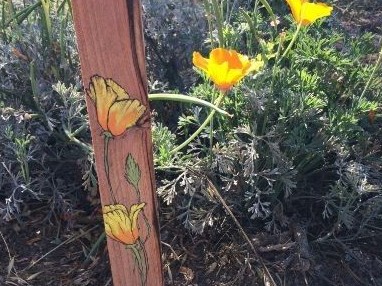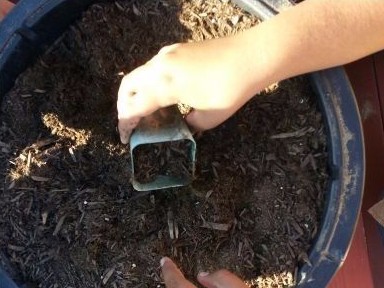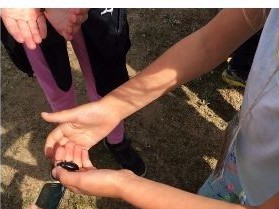Inclusive Sustainability Plan 2020
Habitat
Habitat is vital for maintaining the health of wildlife and natural systems. The University’s natural habitats also contribute to its sense of place, student health and wellness, and promote a connection to and concern for our natural environment. CSUMB’s natural habitat should honor the history of place, including indigenous communities and military uses.
Achievements
- Campus restoration fund established for native plants and trees.
- New buildings support infill development and reduce impact to natural open space.
- Plant 2,030 native trees and plants.
- Grow campus plants for formal landscape and habitat restoration projects.
- Improve formal and informal outdoor spaces for people to gather (areas for sitting in groups and for being reflective and contemplative). (EJ&I)
- Highlight the history and changing geography of place, including indigenous, ranching, and military uses. Seeking to integrate natural habitat that reflects cultural and historical uses and planting. (EJ&I)
- Integrate edible landscaping into landscape design and maintenance, Create a method for sharing (map, signage, etc.).
- Create a Special Area Plan for the Sustainability Commons and explore funding opportunities.
- Continue to utilize and expand existing programs, staff and faculty expertise to care for our natural environment.
- Plant all native and/or drought tolerant plants in 100% of the new and “refresh” planting projects.
- Form a landscape and habitat advisory committee to support campus ecosystems and habitat. Ensure the committee memberships reflects cultural and natural knowledge as well as operational stakeholders. (EJ&I)
- Restore and Improve degraded habitat and soil on campus.
- Reduce the use of in-organic herbicides by reducing opportunity for weeds to grow: increase native plants, add mulch and manage irrigation. Use herbicides as a last resort.
- Create a campus position to oversee land and soil restoration, habitat management and landscape support.
- Create an adopt-a-zone program by 2025 for groups or departments to take care of specific areas on campus.
- Create an easy to use best management practices guide to manage campus landscape and special status species and train Main and East Campus landscapers.
- Create and follow an Integrated Pest Management Plan.



